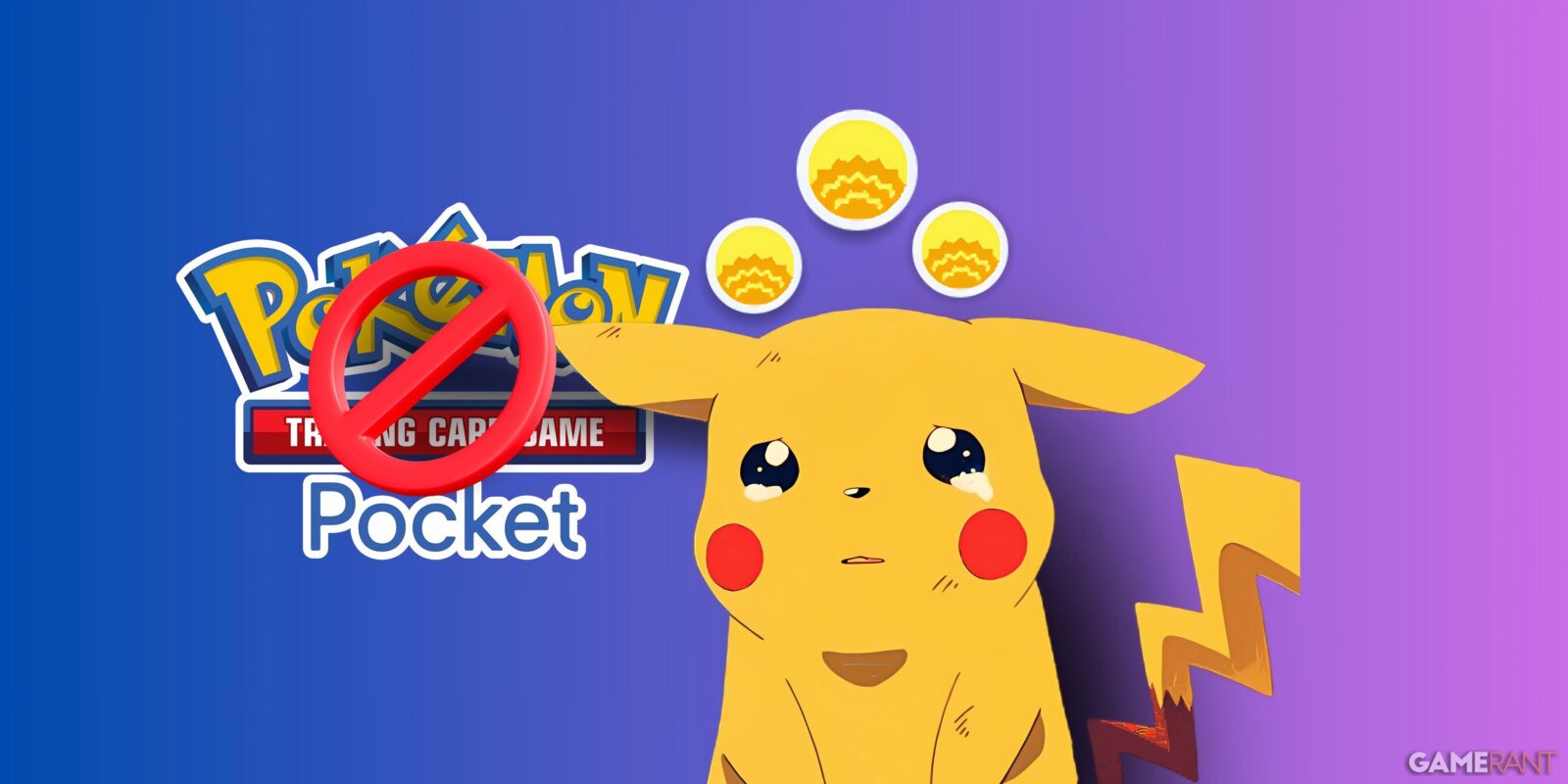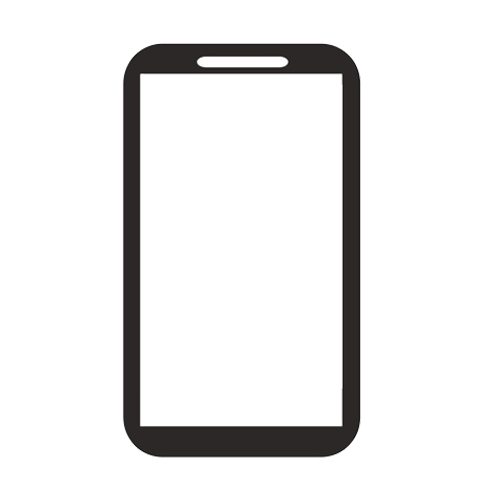Pokemon Pocket brings the excitement of collecting and playing Pokemon cards into the digital realm, successfully capturing key elements of the physical trading card game. One standout feature it replicates is the Paralyzed effect, which only a select few Pokemon can use. While Pokemon Pocket applies the Paralysis condition with slight modifications, the core mechanics remain unchanged. For a detailed breakdown of this Special Condition, including how it works, how to cure it, and tips for building a deck around it, keep reading our comprehensive guide.

Related
Pokemon TCG Pocket: Sleep, Explained (& All Cards with ‘Asleep’ Ability)
Asleep is one of the most devastating Special Conditions in Pokemon TCG Pocket; here’s how you can master it.
What Is ‘Paralyzed’ in Pokemon TCG Pocket?
Paralyzed is a Special Condition that immobilizes the opponent’s Active Pokemon for one turn. This condition prevents the affected Pokemon from attacking or retreating, leaving it stuck in the Active Spot with no action for one round. The Paralysis effect is automatically removed after the opponent’s next Checkup, just before your next turn begins.
Paralyzed vs. Asleep
Paralyze and Asleep conditions are similar in that both prevent the opponent’s Pokemon from attacking or retreating. The key difference lies in how they are cured. A Paralyzed Pokemon recovers automatically after the next Checkup, while an Asleep Pokemon requires a coin toss with a heads result to wake up. The opponent can also cure Asleep with an anti-Asleep strategy, such as Evolving the Active Pokemon or forcing it to retreat.
Paralyzed Rules in Pokemon Pocket vs. Physical PTCG
In the physical Pokemon Trading Card Game, Trainer Cards like Full Heal can remove the Paralyzed effect. While Pocket doesn’t currently include similar counter-Paralysis cards, the core mechanics of the Special Condition remain the same in both games: a Paralyzed Pokemon cannot attack or retreat for one turn.
Which Cards Have the Paralysis Ability?
- Pincurchin: Flip a coin. If heads, your opponent’s Active Pokemon is now Paralyzed.
- Elektross: Flip a coin. If heads, your opponent’s Active Pokemon is now Paralyzed.
- Articuno: Flip a coin. If heads, your opponent’s Active Pokemon is now Paralyzed.
In the Genetic Apex expansion, only three cards can inflict the Paralyzed effect: Pincurchin, Elektross, and Articuno. All three rely on RNG, requiring a coin flip at the end of their attacks to determine if the opponent becomes Paralyzed. This reliance on chance is the archetype’s main weakness, making it more of a battle gimmick than a reliable foundation for building a deck.
How Do You Recover from Paralyzed?
There are four ways to cure Paralysis in Pokemon Pocket:
- Wait for the next round: The Paralyzed effect will automatically go away at the start of your next turn.
- Evolve the Paralyzed Pokemon: Evolution is the quickest way to remove Paralysis.
- Retreat the Paralyzed Pokemon: If you have a card like Koga that forces a retreat, you can use it to remove Paralysis. Cards cannot have Special Conditions on the Bench, so retreats are an effective cure.
- Use a Support card: Currently, only Koga can counter Paralysis as a Support card, but this works only if your Paralyzed Pokemon is Weezing or Muk. Future expansions may introduce additional counter options.
What Is the Best Paralyze Deck?
On its own, Paralyze is not a reliable archetype for building a deck. To make it more effective in Pokemon Pocket’s META, you’ll need to pair it with the Asleep condition. A solid lineup for this is Articuno & Frosmoth, which applies both Asleep and Paralysis effects through three attack lines: Articuno, Frosmoth, and Wigglytuff ex. Here’s how to build this Paralyze-Asleep deck.
Paralyze Deck Details
|
Card |
Quantity |
|---|---|
|
Wigglypuff ex |
2 |
|
Jigglypuff |
2 |
|
Snom |
2 |
|
Frosmoth |
2 |
|
Articuno |
2 |
|
Misty |
2 |
|
Sabrina |
2 |
|
X Speed |
2 |
|
Professor’s Research |
2 |
|
Poke Ball |
2 |



















Leave a Reply